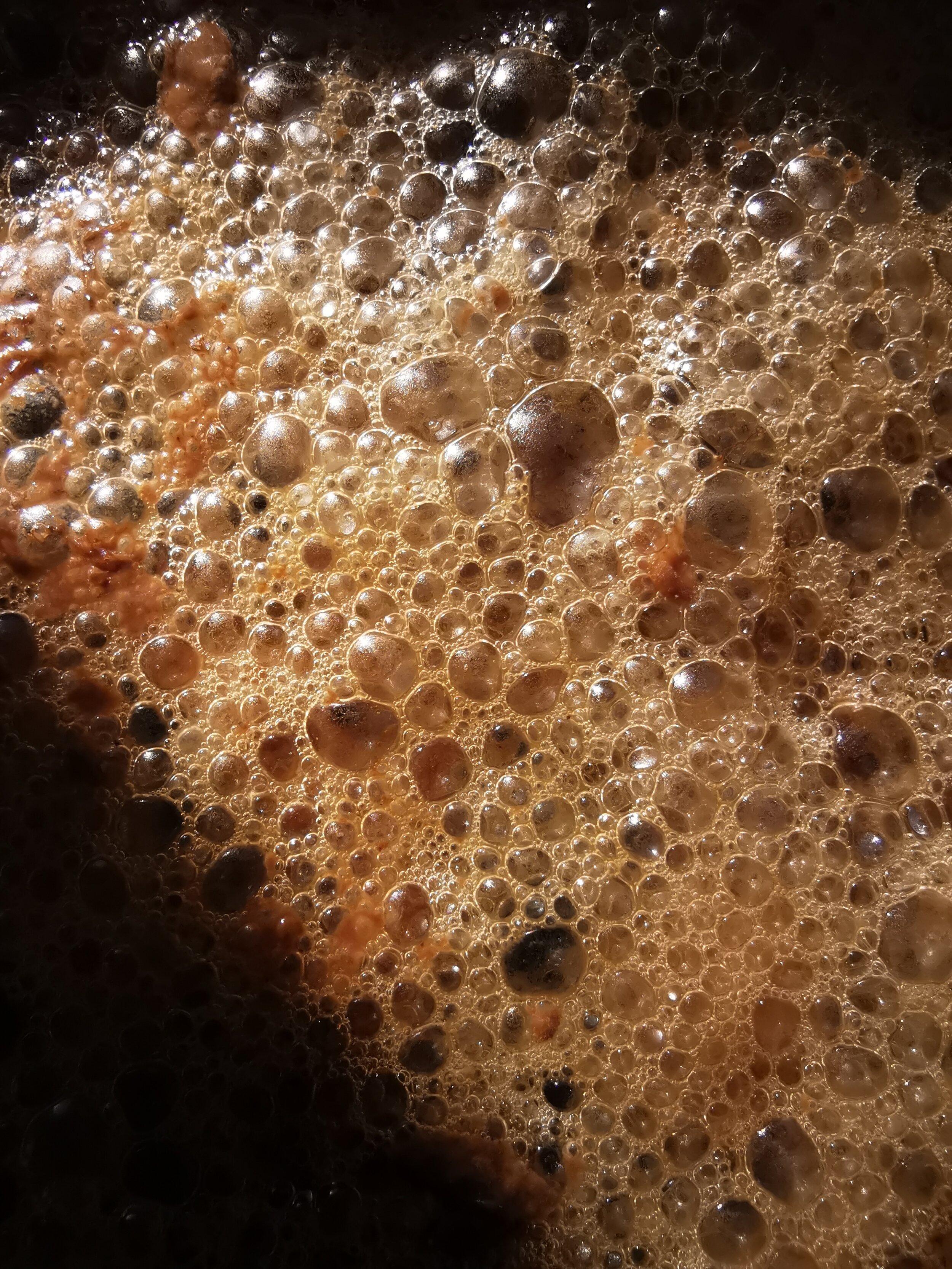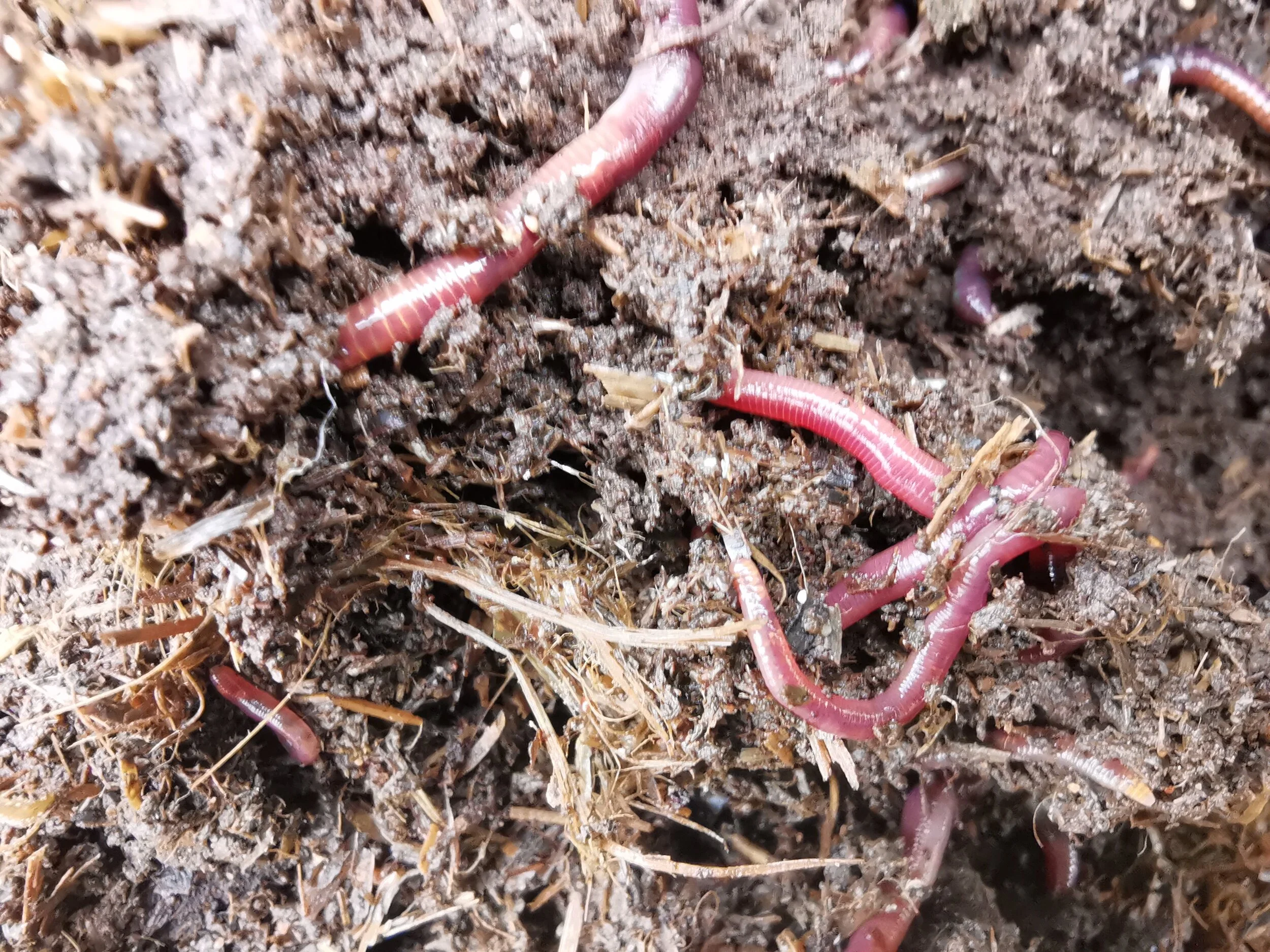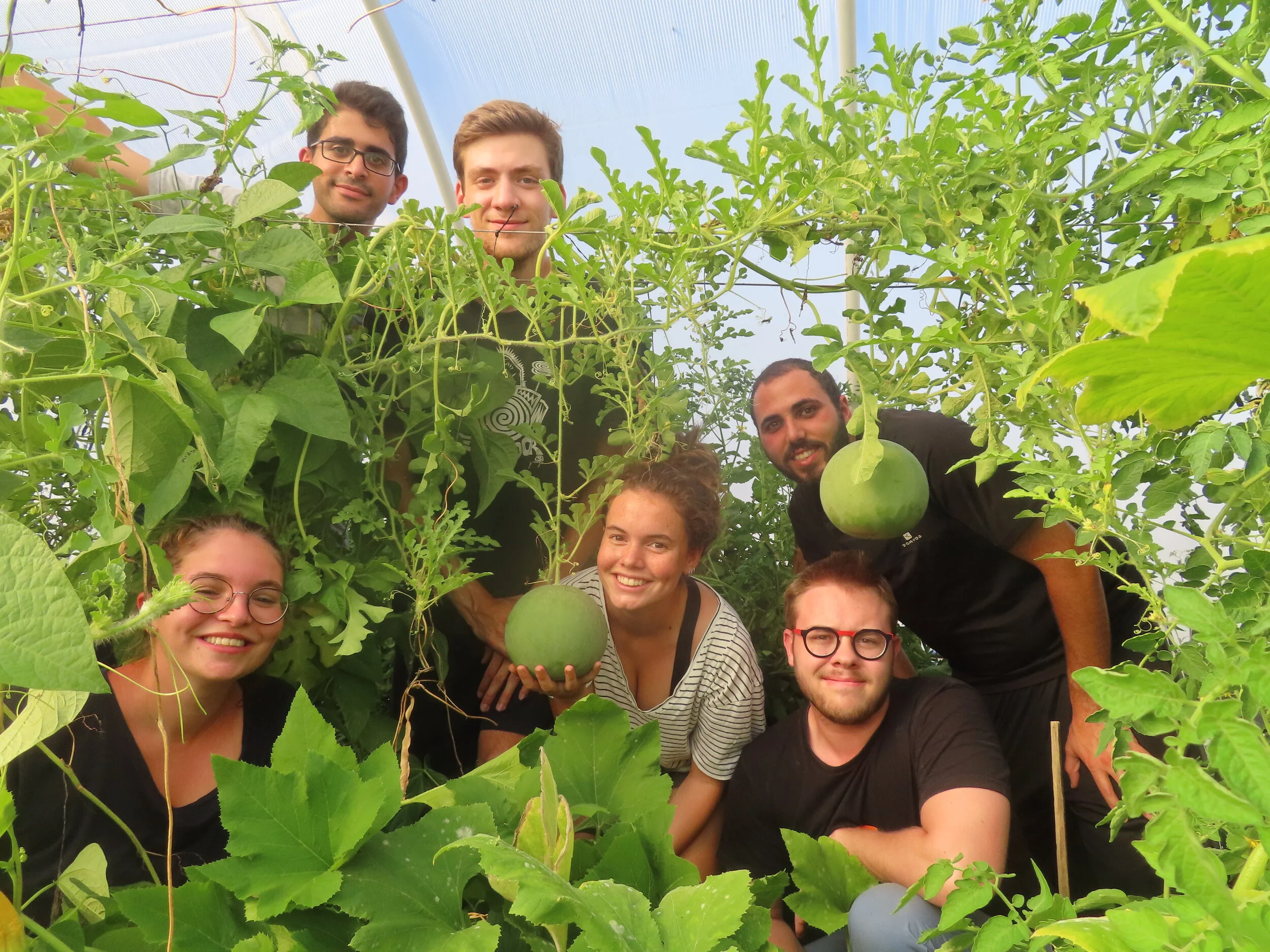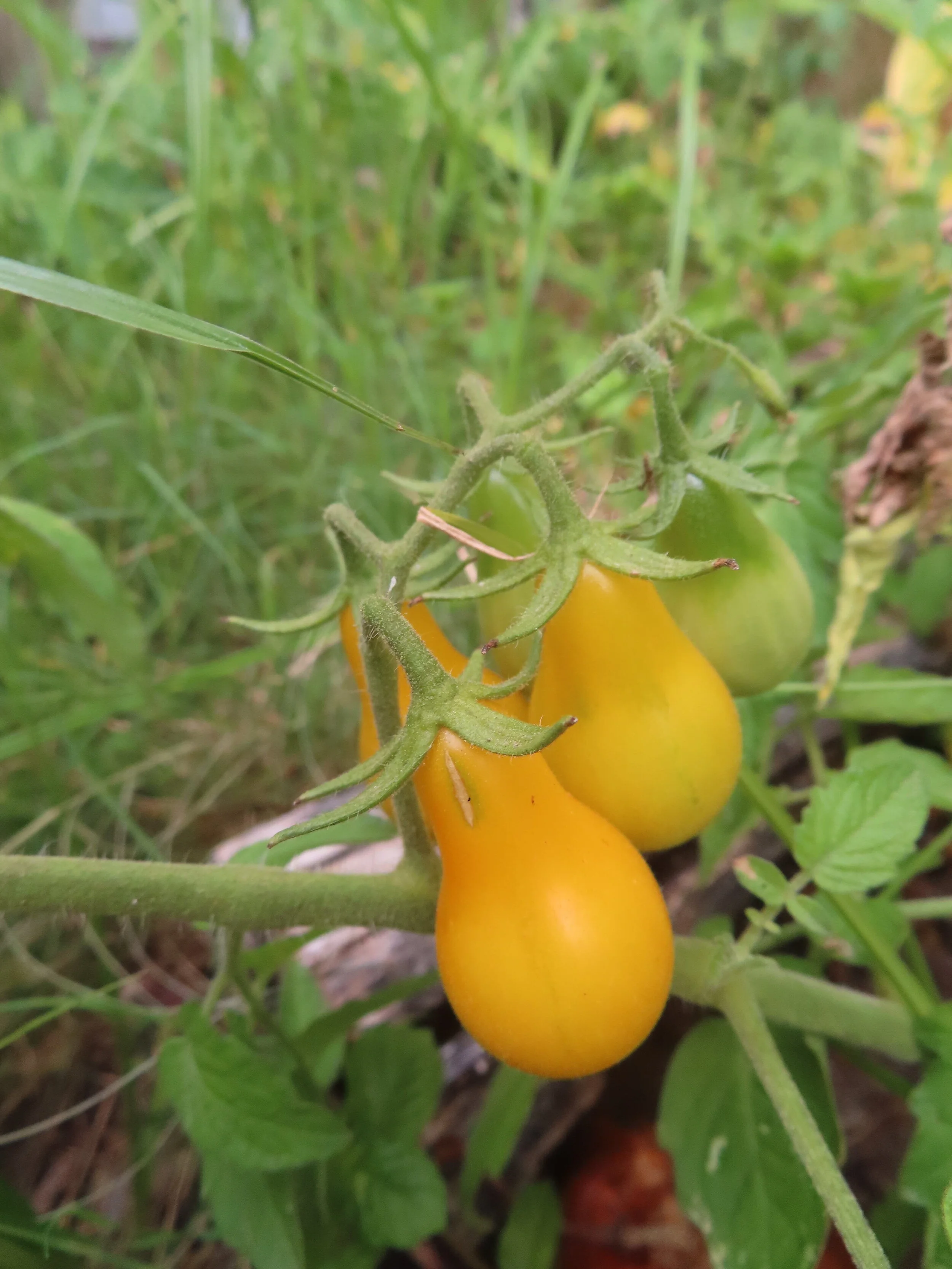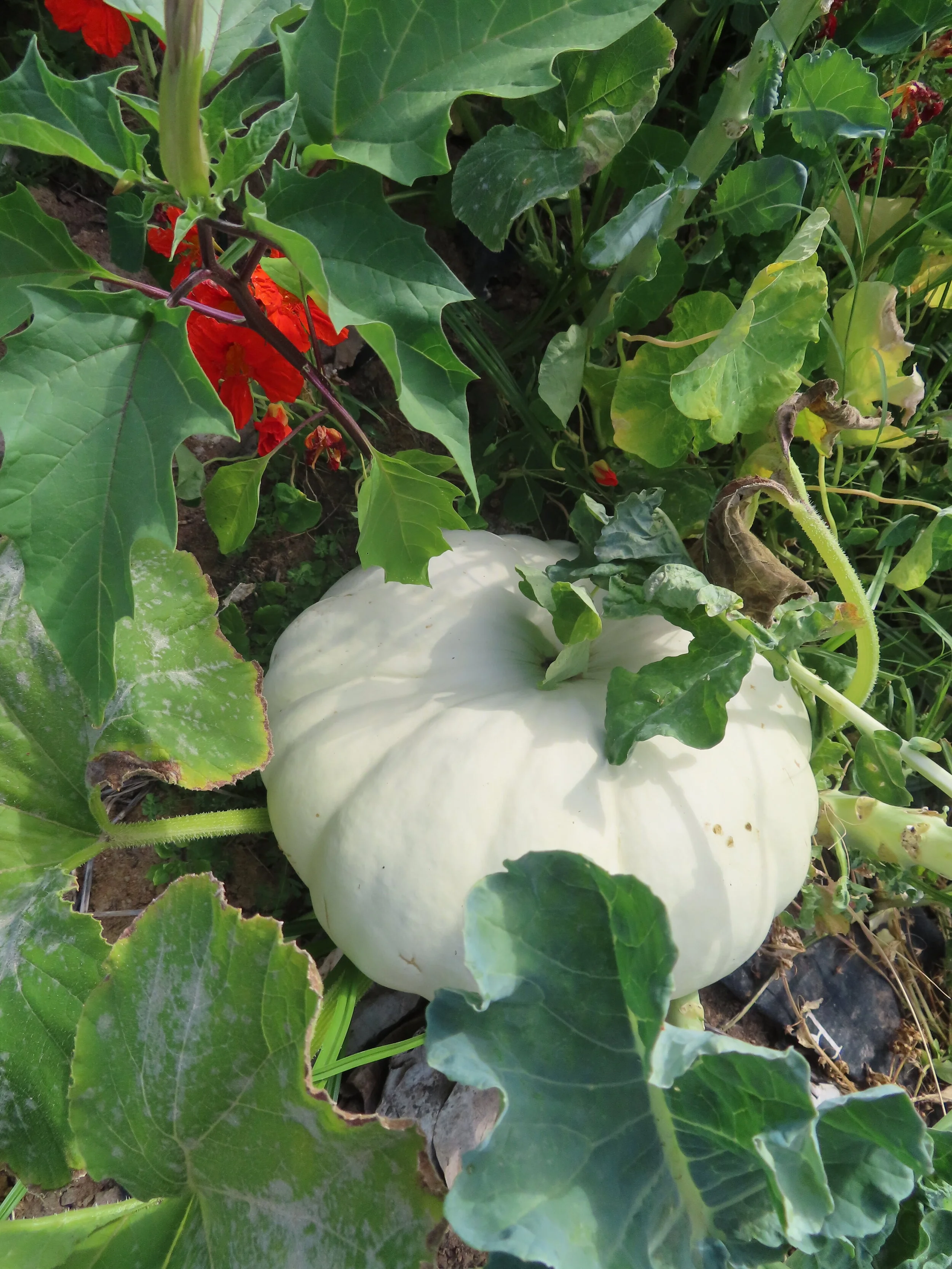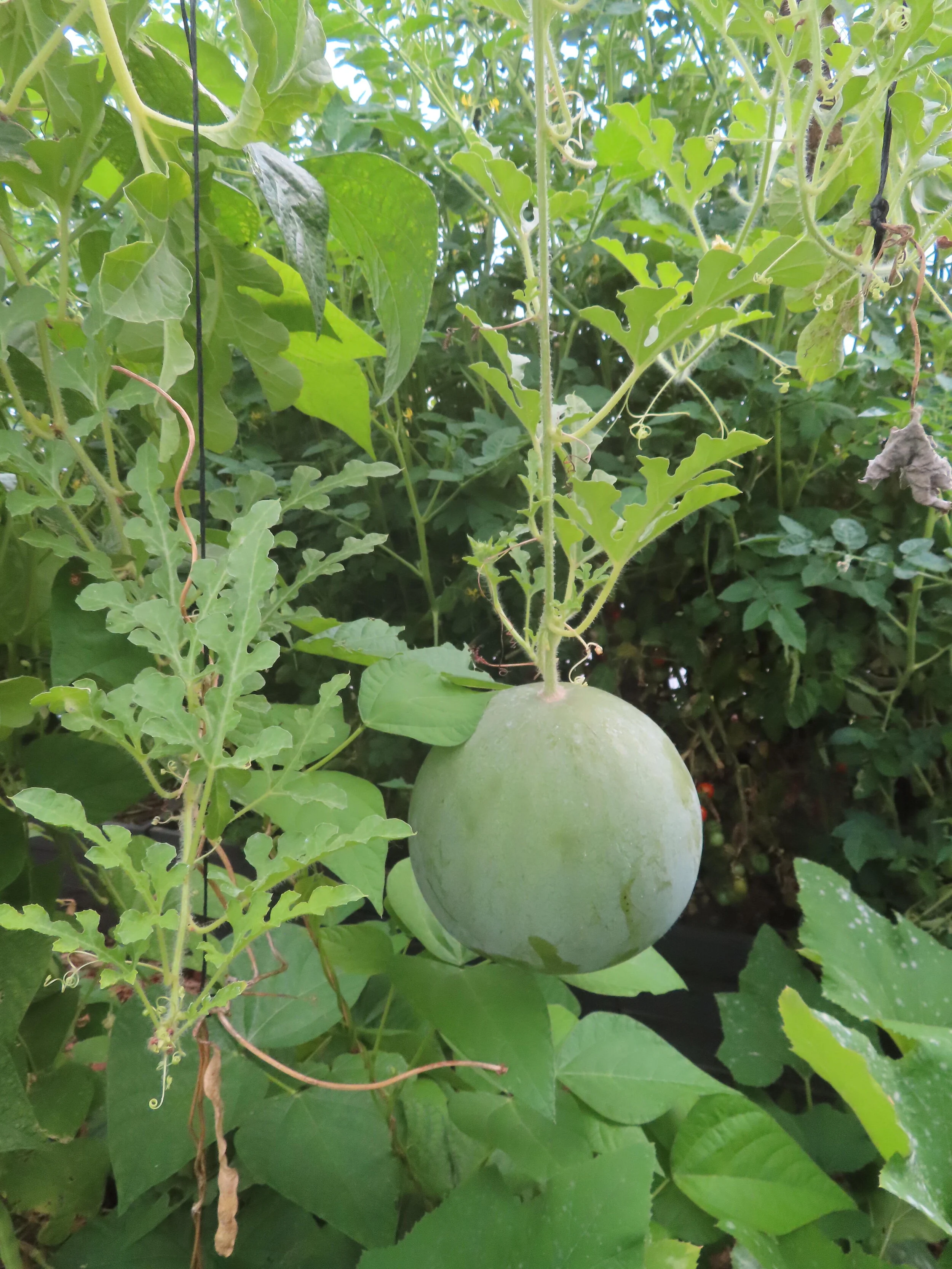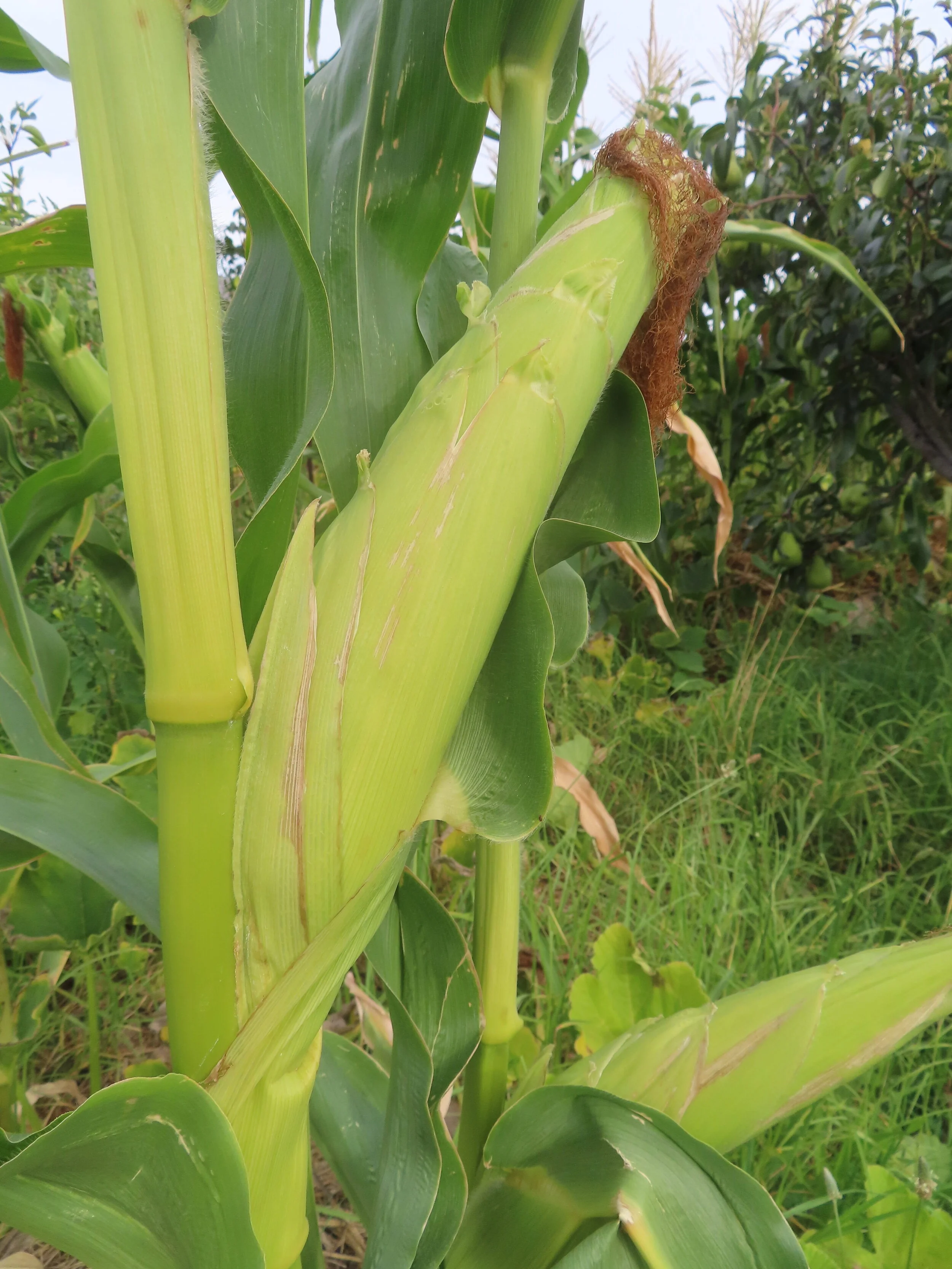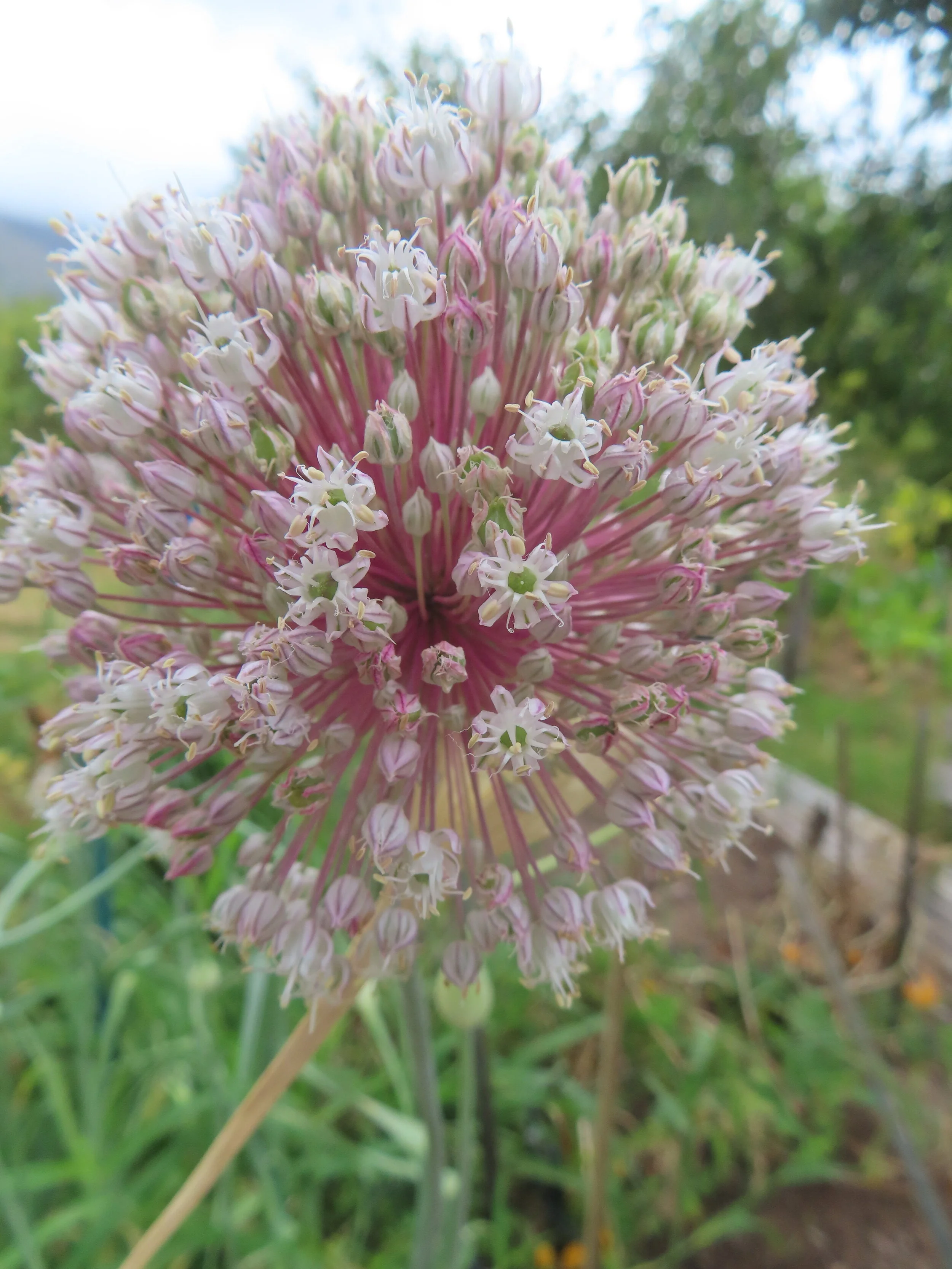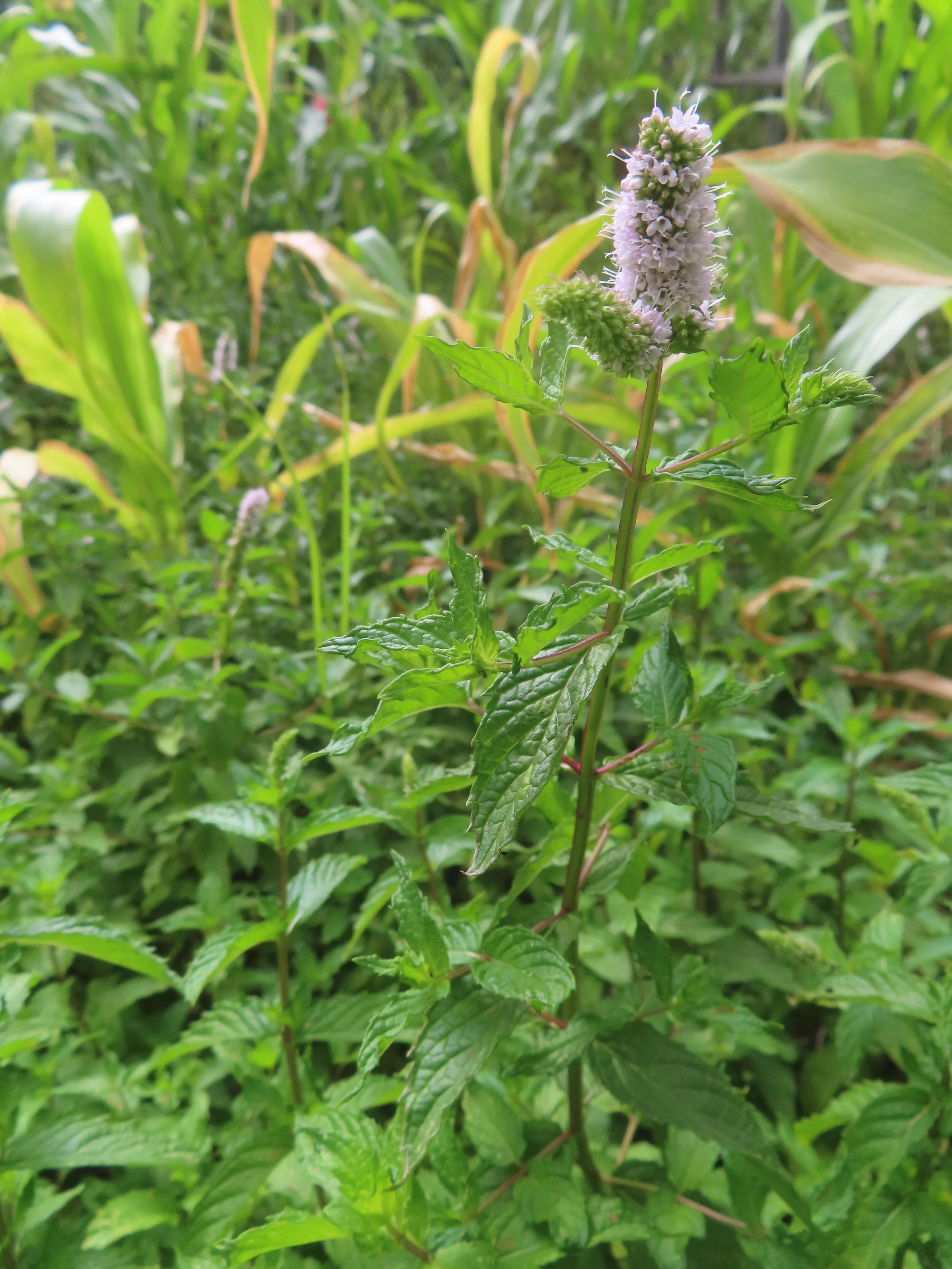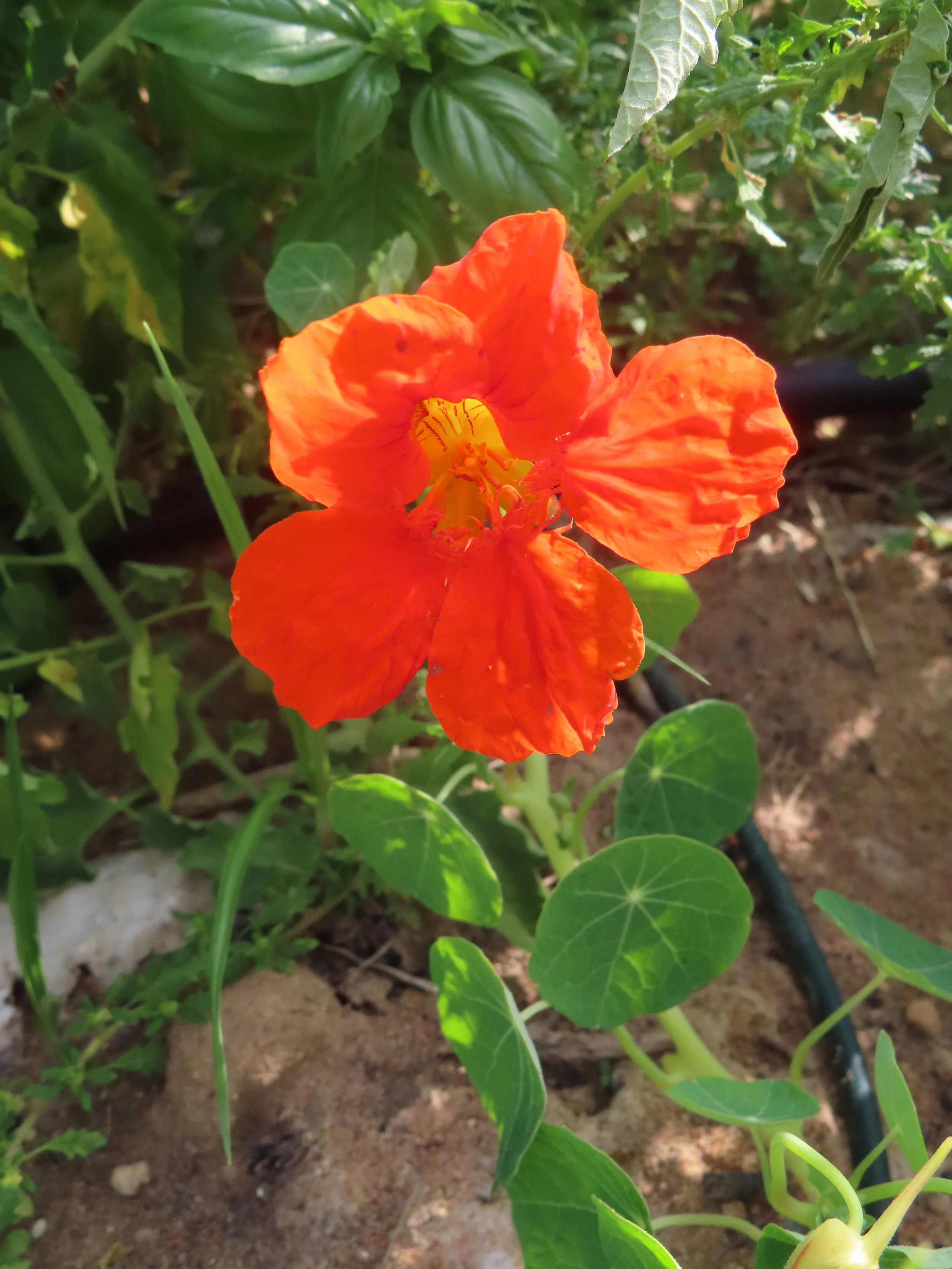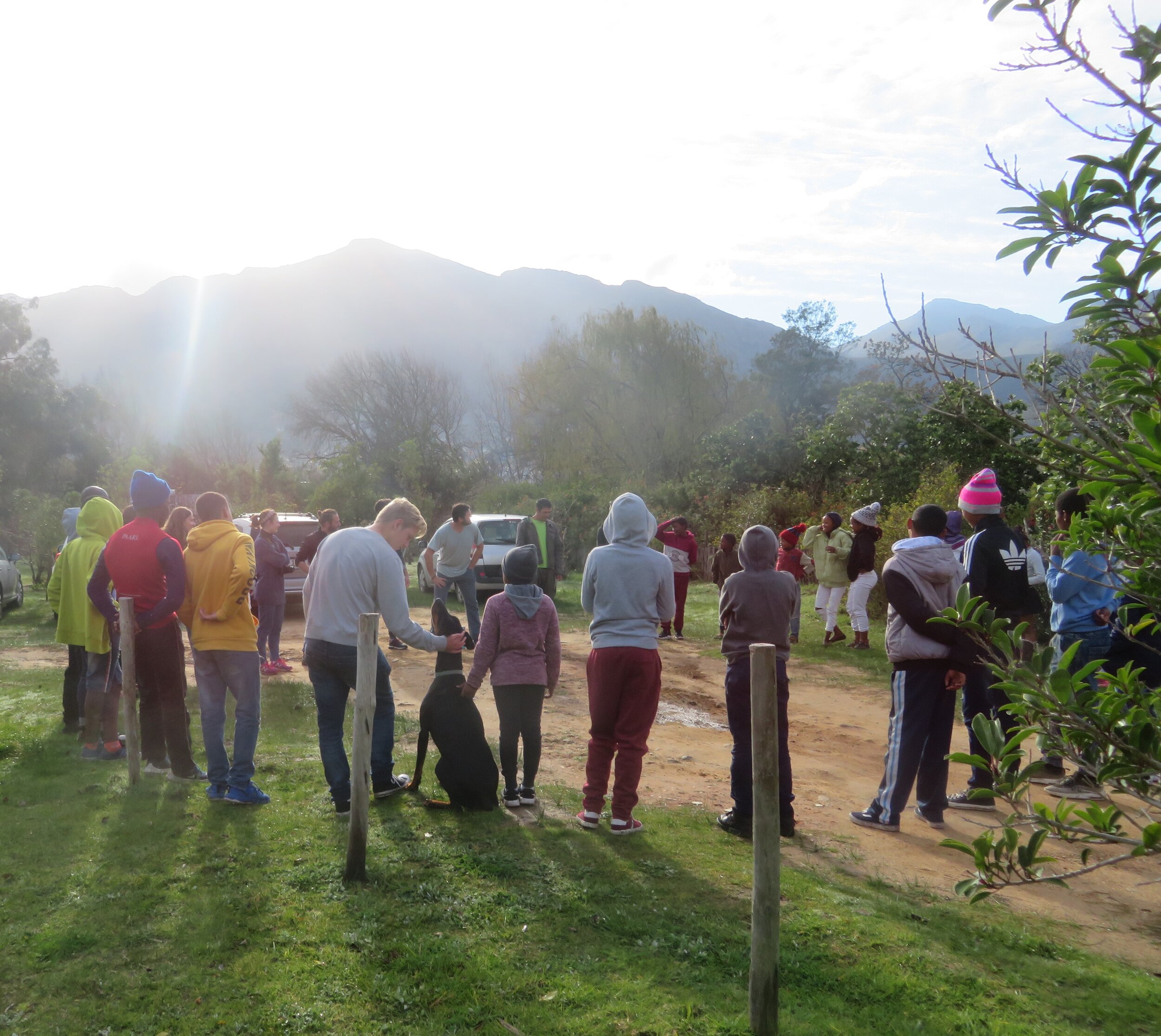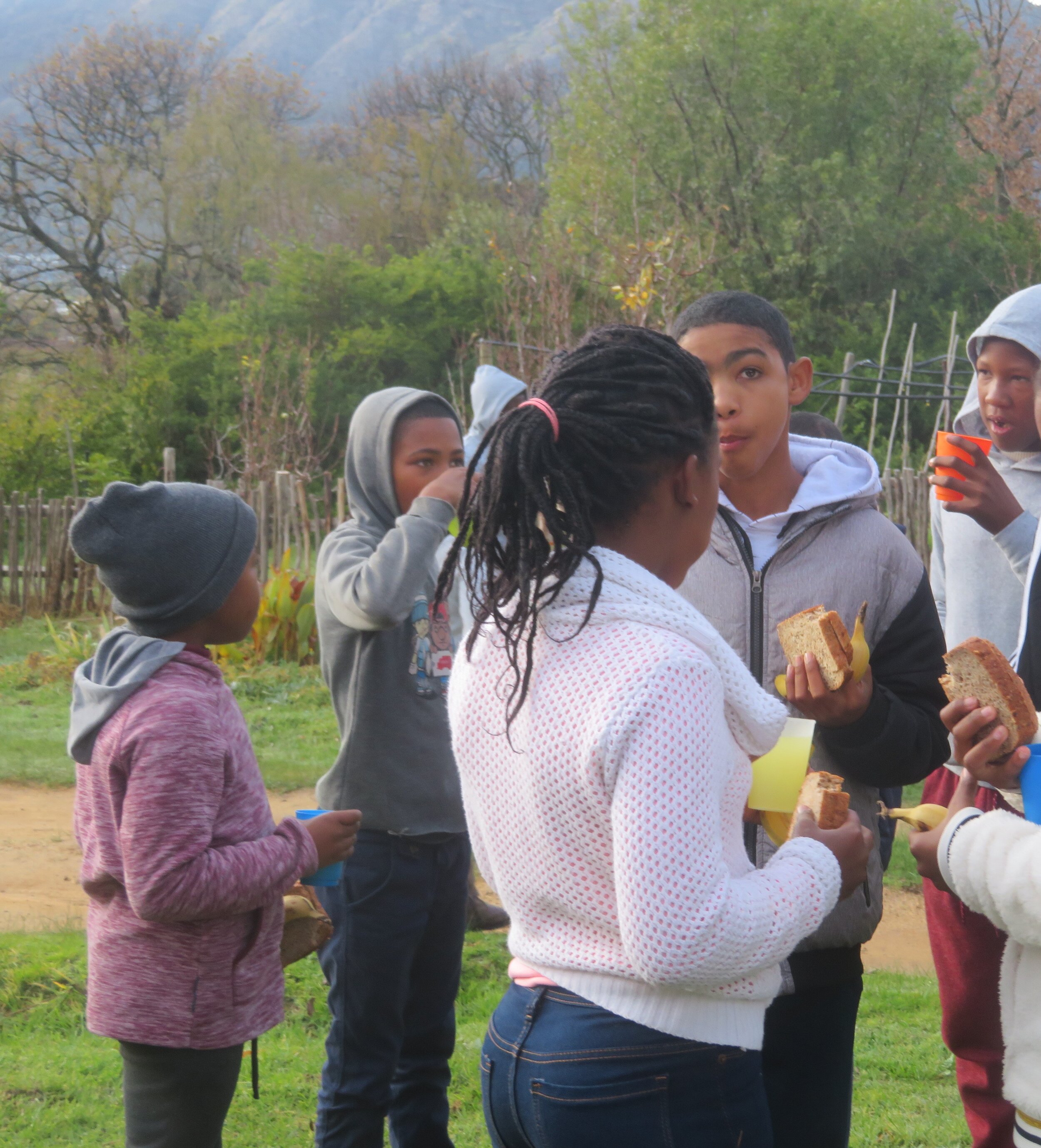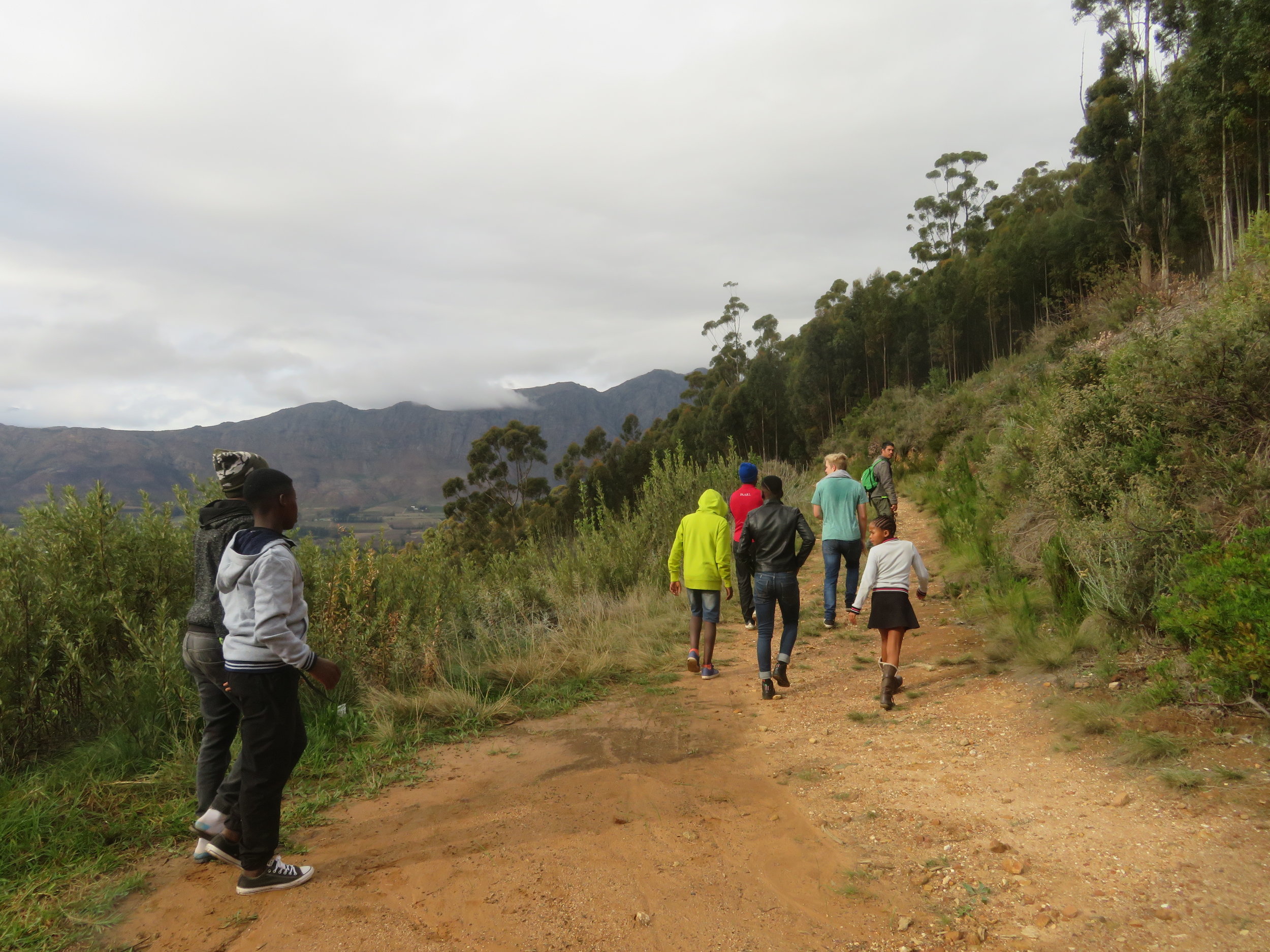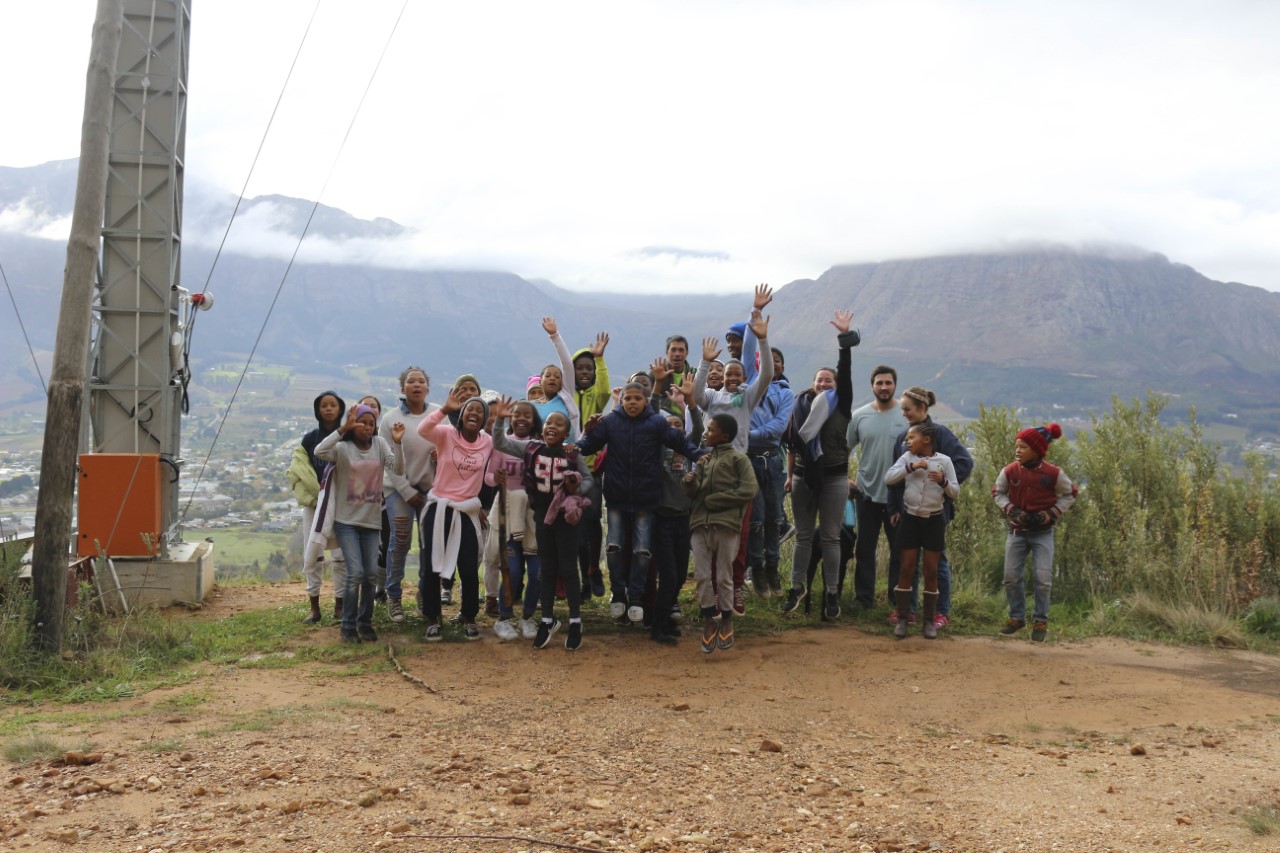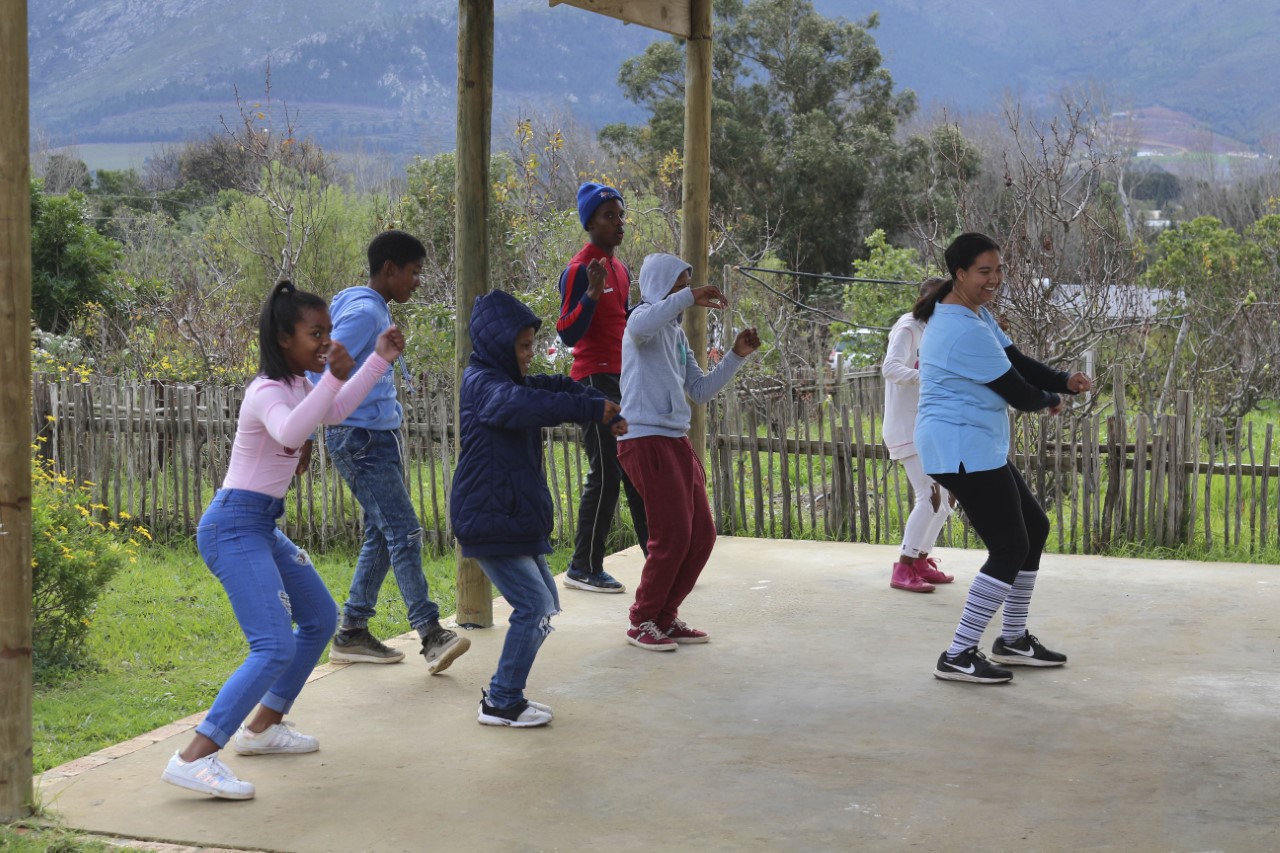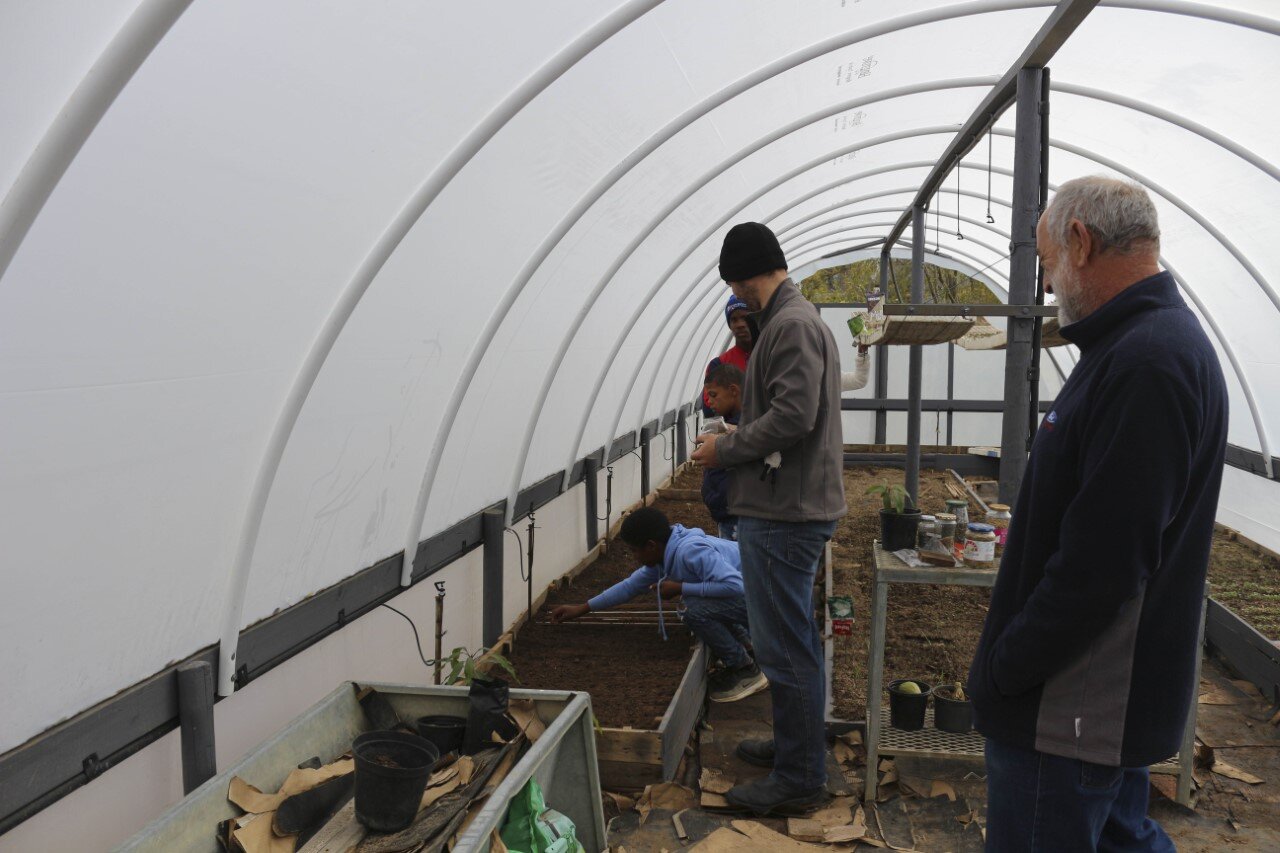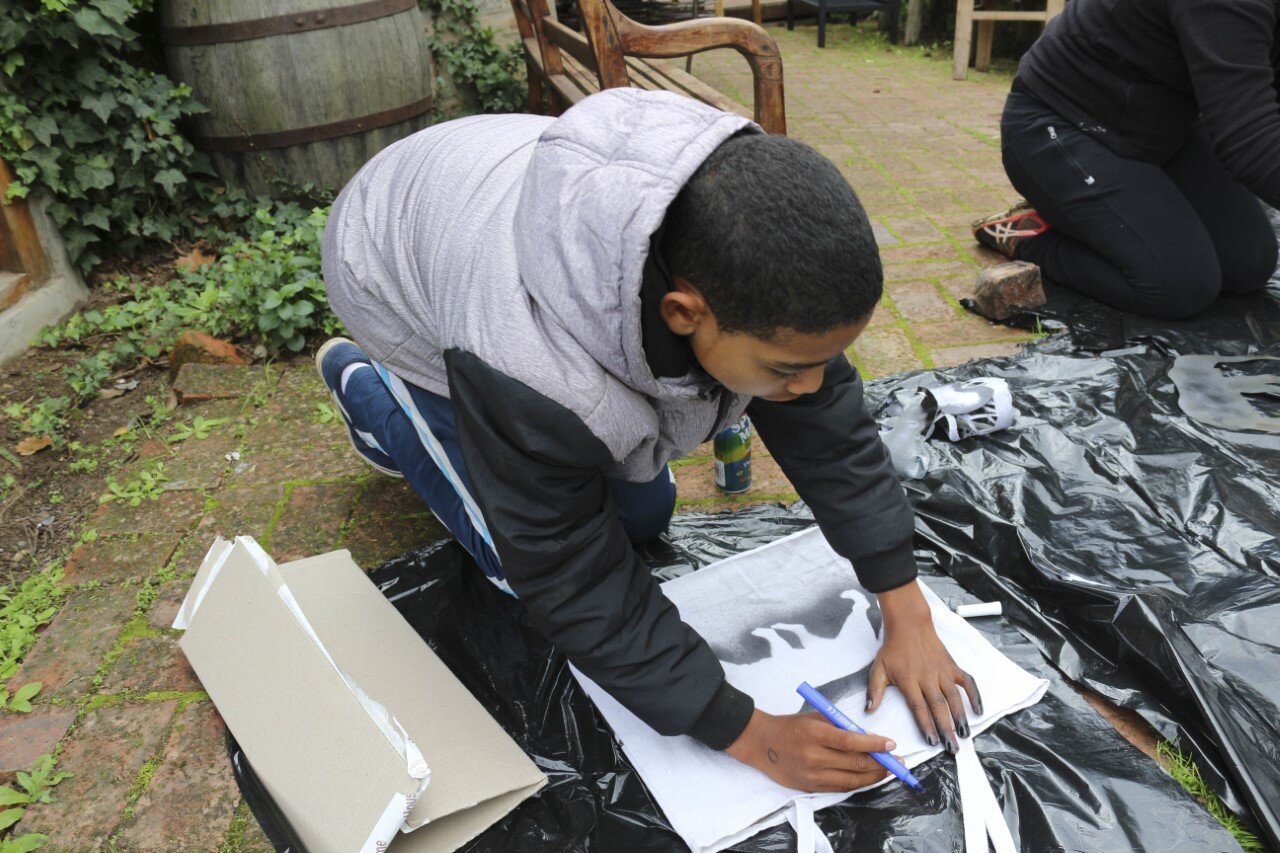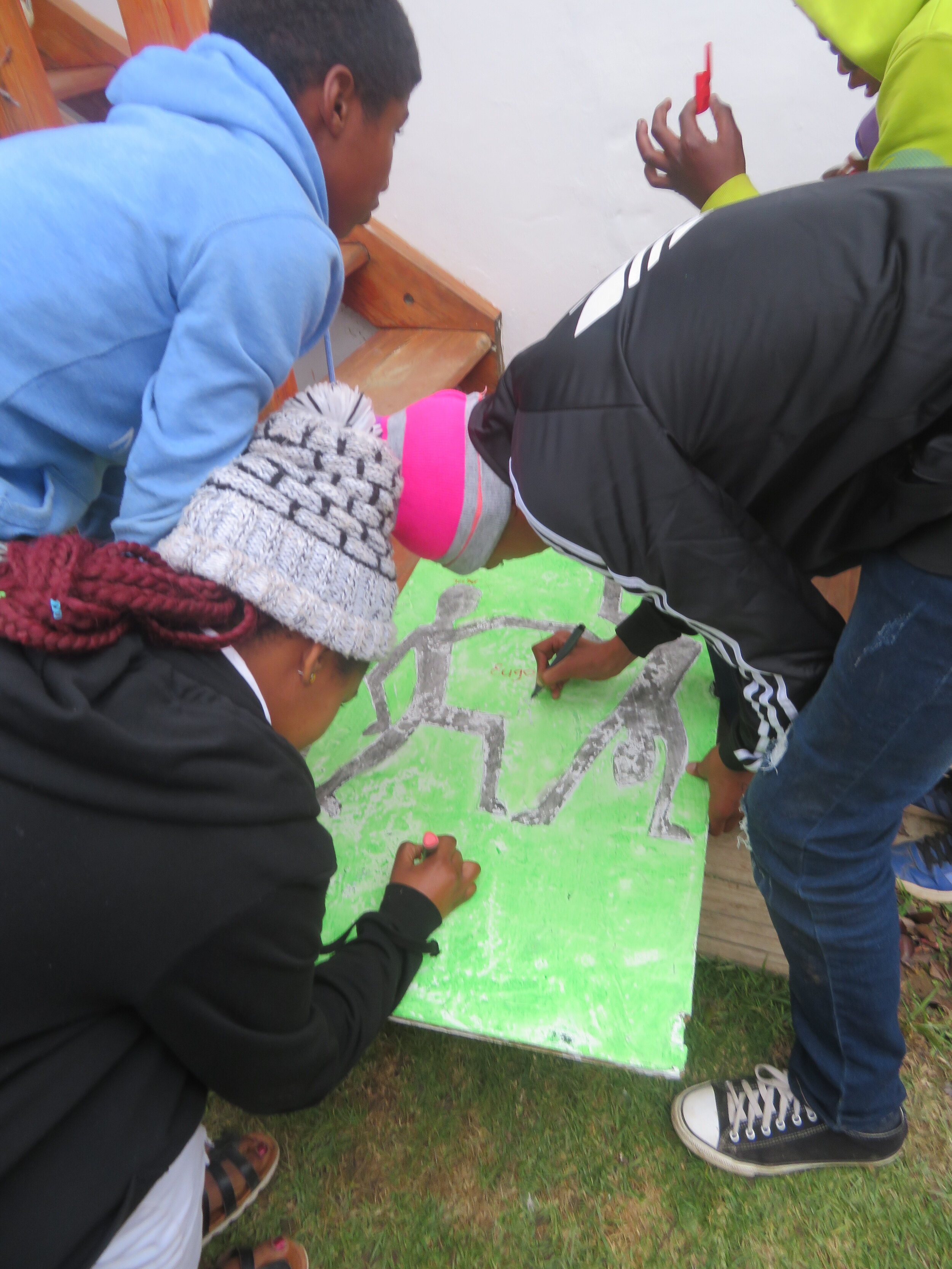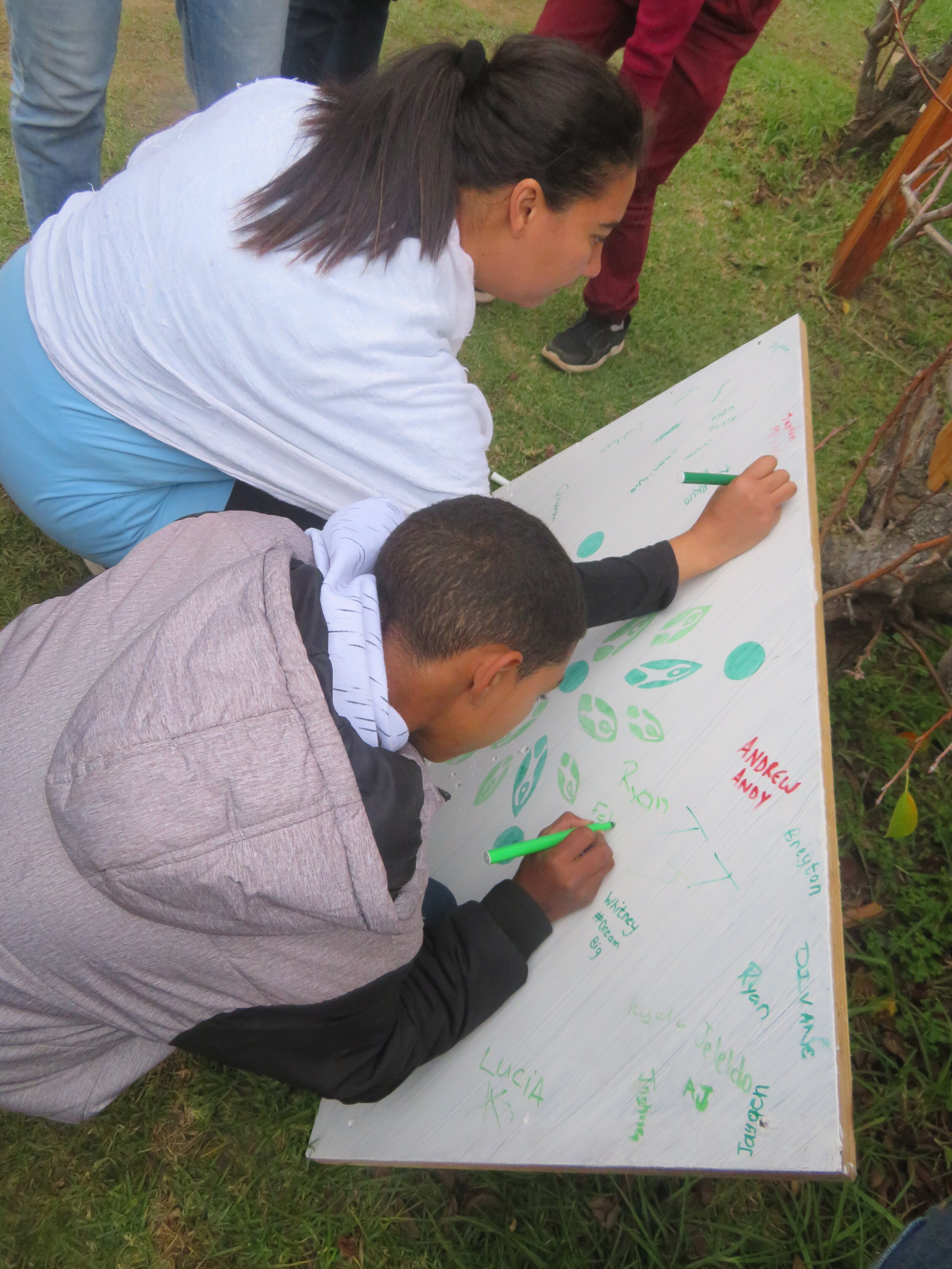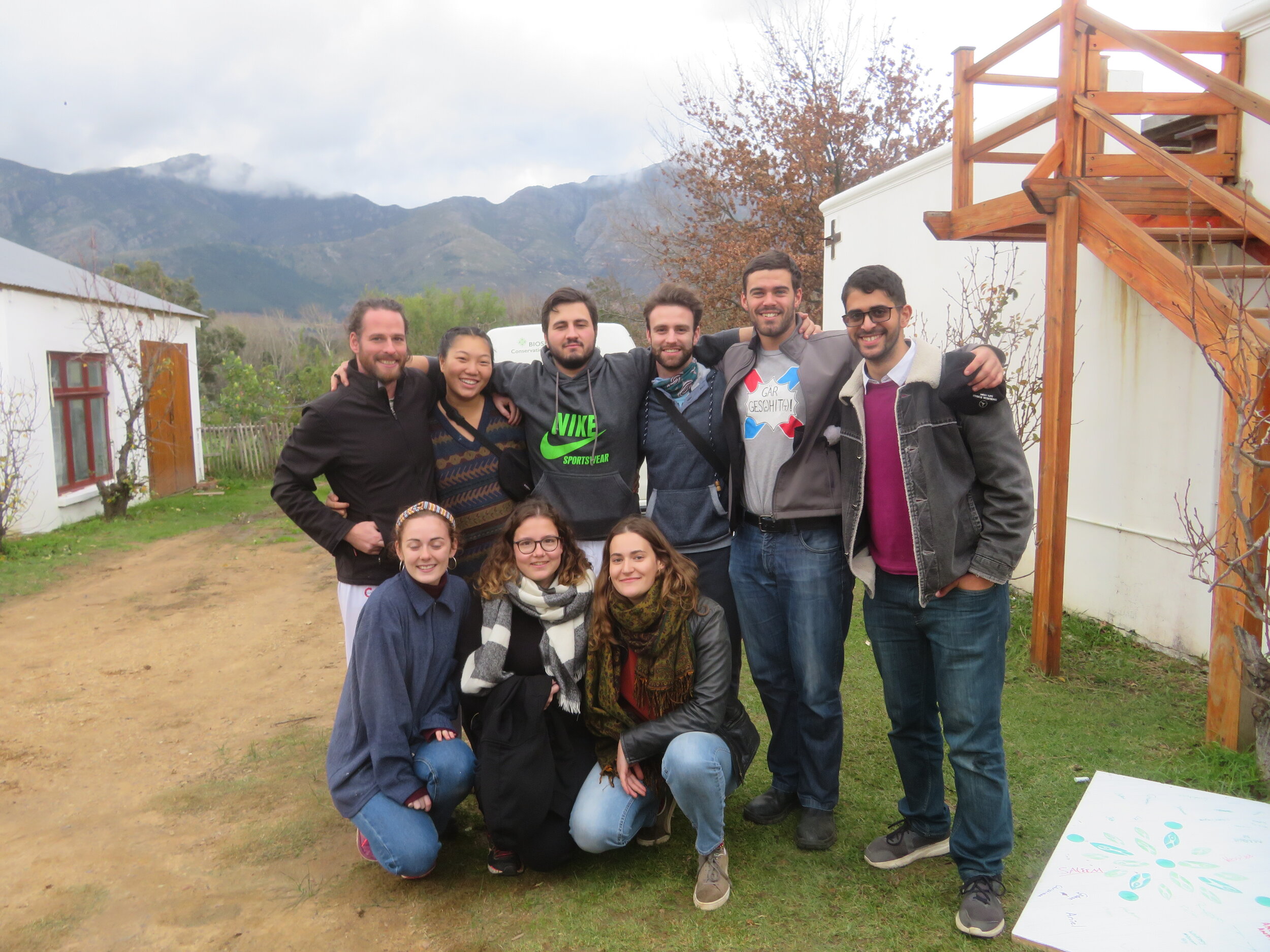On my third day of volunteering in the Cape Winelands Biosphere Reserve, I joined an early morning hike through the fynbos vegetation, endemic to South Africa. Surrounded by thick mist, the path was barely visible, the air heavy with quiet, the sky and earth blurred into one. Immersed in this unfamiliar landscape, it felt as if I had stepped onto a different planet. I couldn’t see far ahead, only where to place my next step. At the time, I didn’t realise that this hike would become the perfect metaphor for my volunteering journey I was about to begin.
That fog mirrored the uncertainty I felt upon arriving as a volunteer - unsure of how I could contribute with my background in psychology rather than ecology, and unsure where I would find my place in it all.
As I kept walking, the trail led uphill at first. Learning to follow conversations in languages I didn’t speak fluently, attempting tasks I’d never done before, growing more sensitive to different perspectives. Volunteering in a Biosphere Reserve, my tasks were as diverse as the landscape: assisting with environmental education, supporting communication efforts, helping coordinate field trips, engaging with local communities in various ways. But beyond completing tasks, it was a matter of being present - to observe, to listen and to remain curious.
Eventually, the fog began to lift, and my steps grew more confident. The path opened up, as I learned how conservation work isn’t solely about nature, but most importantly it’s about people. About collaborative efforts across cultures and generations, rooted in mutual respect and shared purpose.
Somewhere along that trail, just after we turned back, I was rewarded with seeing a single King Protea, South Africa’s national flower, with its pink colour glowing majestically against the green vegetation. It turned out to be the only one I’d see in the wild throughout my entire stay. In hindsight, that moment has become symbolic for the many small, unexpected encounters and meaningful relationships that quietly shaped this volunteering experience into a deeply personal journey.





